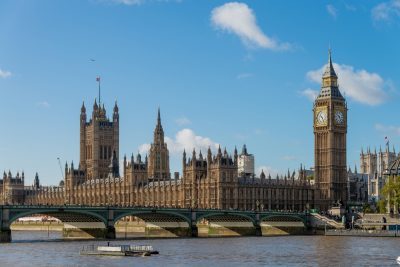
Trade association calls for government to halt PRS intervention
A trade association has called for a ‘moratorium’ on any further government intervention in the buy-to-let sector in order to stop landlords from leaving the market.
The Intermediary Lenders Association (IMLA) says the private rental sector is still absorbing the adverse effects of a raft of regulatory changes in recent years.
The organisation, which represents 42 banks, building societies and specialists lenders, says that any further changes could have implications for much-needed tenant choice and potentially raise rents.
Alongside its own lending figures, the IMLA cites the government’s most recent English Private Landlord Survey 2018.
It notes how official figures show that the number of landlords with one property dropped by 33% between 2010 and 2018, while 17% of landlords now own five or more properties, up 12% from 2010.
The data suggests that professional landlords now represent 48% of the PRS, up from 38% in 2010. On top of this, single-property landlords make up 21% of the PRS, down from 40% over the same period.
According to IMLA, there are several reasons for this shift, including a constricted buy-to-let mortgage market, large institutions investing in Build to Rent and government intervention making the PRS less profitable for small-scale landlords.
It notes the English Private Landlord Survey’s finding that 61% of landlords planning to sell all or some of their properties would do so because of legislative changes introduced by the government.
IMLA’s latest figures show that buy-to-let lending increased rapidly after the global financial crisis, from £4.5 billion in 2009 to £15.6 billion in 2015.
It says since then, however, purchases have fallen by more than 40% to £9.1 billion.
At the same time, buy-to-let remortgaging has increased by a quarter, up from £22.3 billion in 2015 to £27.9 billion in 2018.
IMLA says that without the continued growth in numbers of smaller landlords that was experienced at the start of the century, net growth in buy-to-let debt has dropped sharply.
“Landlords up and down the country are effectively having to fill the gap left by a shrinking social housing sector that is struggling to accommodate demand from lower income households,” says Kate Davies, executive director of IMLA.
“At the same time, it must continue to meet the needs of people who either want the flexibility of renting or who are not yet able to step onto the housing ladder in the face of increasing house prices and tighter mortgage regulation.”
She says IMLA is concerned that government intervention in the sector has affected small-scale landlords’ ‘ability’ and ‘appetite’ to invest in property.
“As increased tax and regulatory responsibilities increasingly dis-incentivise landlords, we face a possible topping out of the PRS,” she says.
“While it’s good to see professional and institutional investors increasing their stake in the nation’s housing stock, the number of one-property buy-to-let investors has fallen by almost half.”
Davies adds that squeezing the PRS puts pressure on housing supply, increases rents and reduces the quality of rental accommodation.
“We have repeatedly called for government to put the brakes on regulating and taxing our nation’s landlords. We urge a more moderate approach to ensure our private rental sector remains strong for the millions of renters who rely on it,” she concludes.


If you have any comments, please email the author of this article and click on the link above